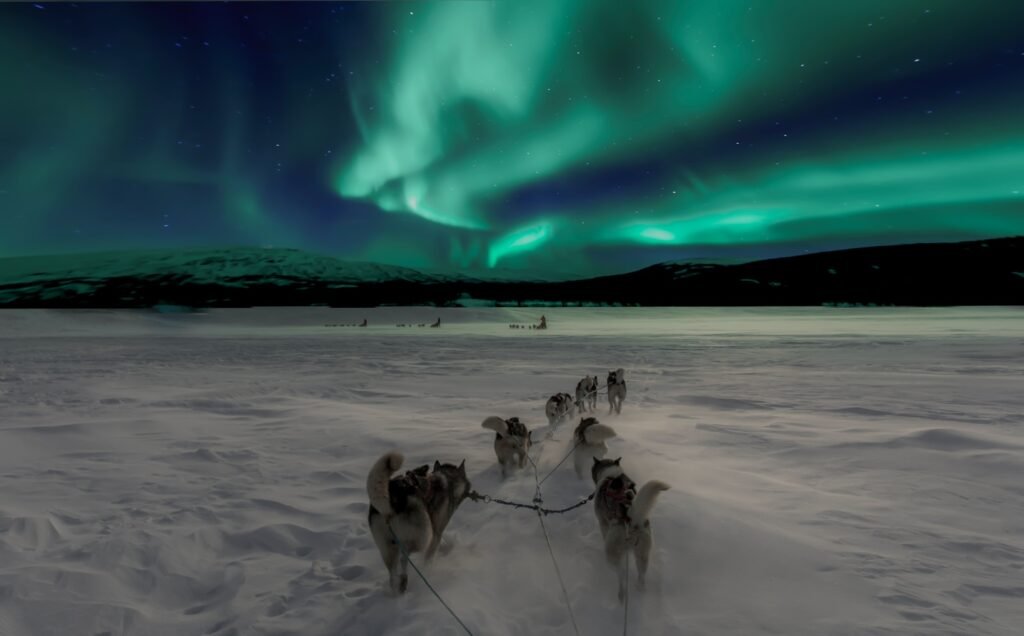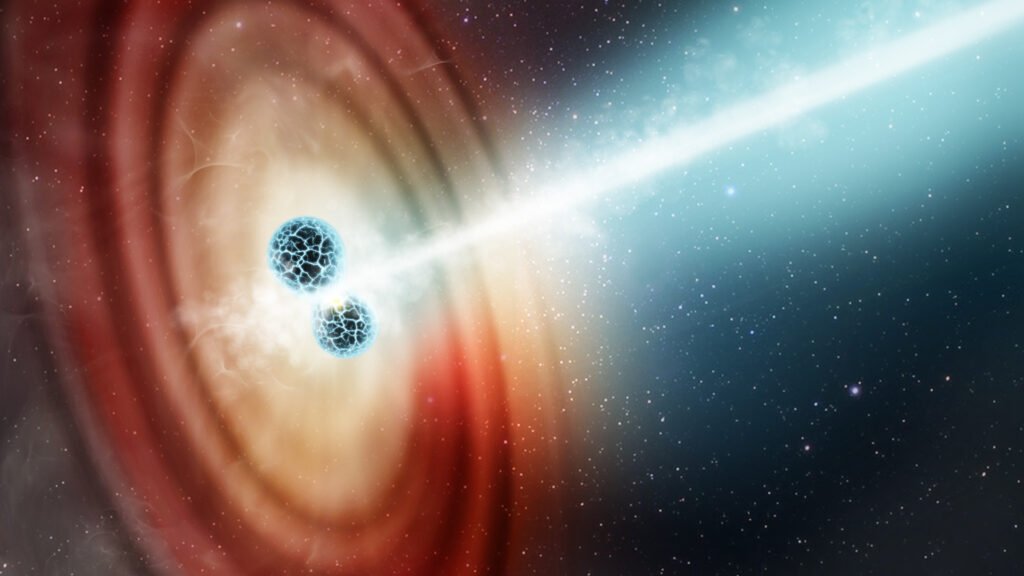For a planet that looks so steady from the surface, Earth is powered by a churning heart that never sits still. Deep below our feet, liquid iron swirls and roars, building the magnetic shield that steers compass needles and deflects cosmic radiation. Every so often – on timescales that laugh at human calendars – that magnetic field weakens, wobbles, and even flips. The possibility that this could happen while we are alive is both thrilling and unnerving, because the consequences touch everything from satellites to songbirds. The story is not doom, but it is not simple either, and that tension is exactly what makes it fascinating.
The Hidden Clues
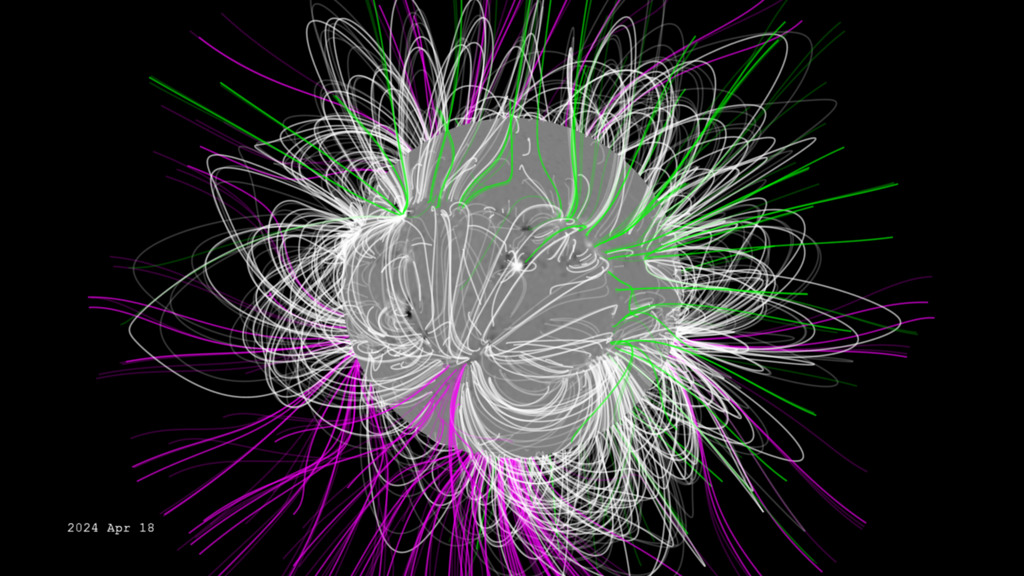
Here is the surprise: the planet has flipped its magnetic poles many, many times, and life kept going. The last full reversal occurred hundreds of thousands of years ago, long before written history, but the fingerprints remain in volcanic rocks and ocean sediments. Minerals cooled in ancient lava act like tiny compass needles, freezing in place to record which way magnetic north pointed at the time. Layer by layer, these rocks reveal a patchwork of past flips, pauses, and near misses known as excursions. When I first traced one of those magnetic “snapshots” in a lab core sample, it felt like finding a postcard from a very old storm.
Those hidden records show that reversals do not run on a metronome; they arrive irregularly, with calm stretches and wild intervals. Some flips unfolded over thousands of years, while brief excursions lasted only centuries. The key pattern is variability, not timing, and that keeps scientists cautious about predicting the next chapter. Still, the mere existence of so many past flips tells us the geodynamo is capable of dramatic change. The question is not if Earth can flip again, but how fast, how messy, and what that would mean for us.
From Ancient Tools to Modern Science
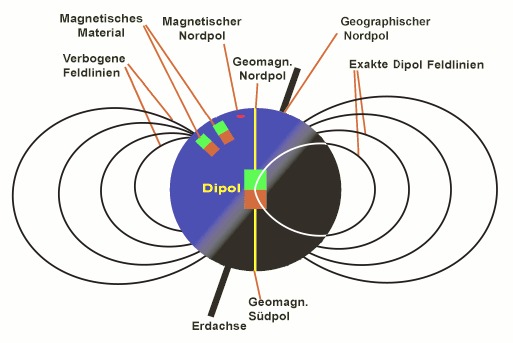
The earliest “instruments” for reading the field were human artifacts – clay kilns, hearths, and iron tools that locked in magnetic directions as they cooled. Archaeomagnetism turned these humble relics into archives, linking cultural layers to the shifting field. Then came seafloor surveys that mapped zebra-striped bands of magnetized basalt, proving continents move and reversals happen. By the mid-twentieth century, the idea of a restless magnetic field had shifted from speculation to solid evidence. This was one of those rare moments where geology and history shook hands.
Today, satellites circle the planet and measure the field with exquisite precision, capturing changes year by year and even month by month. Ground observatories watch for daily pulses and solar-driven storms, while aircraft and ships fill gaps over oceans and poles. Supercomputers now simulate the iron ocean of the outer core, testing how turbulence, heat flow, and planet-scale rotation sculpt the field we feel at the surface. Together, these tools push uncertainty back, even as they keep reminding us that the core is a chaotic beast. That blend of sharper measurement and honest humility is what modern geophysics does best.
Signals from the Core
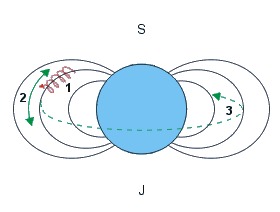
Earth’s magnetic field is born in the outer core, where liquid iron moves like weather in a sunless sea. As currents twist and shear, they act like a planetary dynamo – motion builds magnetism, magnetism guides motion, and feedback loops blossom. The field we measure outside the planet is only the calmest expression of that inner storm, a dipole with messy edges and evolving patches. In quiet periods, the dipole dominates; in restless intervals, smaller magnetic features multiply and the dipole weakens. That shift from a tidy two-pole world to a complex patchwork is one hallmark of a system considering a flip.
Measurements over the past two centuries show a gentle but real decline in overall field strength, on the order of roughly about one tenth since the mid-nineteenth century. Regional changes are not uniform, with some areas weakening faster than others and small-scale features migrating across the globe. None of this guarantees an imminent reversal; the field has sagged and recovered before without flipping. But the combination of a softer dipole and growing complexity is why researchers are paying close attention. In the language of the core, the tempo feels a touch jazzier than it did a few generations ago.
The South Atlantic Anomaly, Explained

Ask any satellite operator about hot spots, and the South Atlantic Anomaly comes up first. Centered over parts of South America and the South Atlantic Ocean, it is a region where the field is unusually weak, allowing more energetic particles to dip closer to Earth. Spacecraft passing through take extra radiation hits, sometimes triggering instrument resets or data gaps. Airline routes at high latitudes and polar orbits also monitor for spikes during solar storms, because weaker shielding can turn a routine passage into an electronics headache. On the ground, the effect is subtle; in orbit, it is a daily planning problem.
The anomaly is not a sign that a flip is inevitable tomorrow – it is a sign that the magnetic field is dynamic and uneven. Think of it like a dent in a sturdy shield: most of the armor still holds, but exposed spots need attention. As satellite fleets grow and our dependence on space hardware expands, these weak patches matter more each year. Engineers respond with shielding, smarter orbits, and frequent software checks. The lesson is practical: the field does not need to collapse to test our technology.
Why It Matters
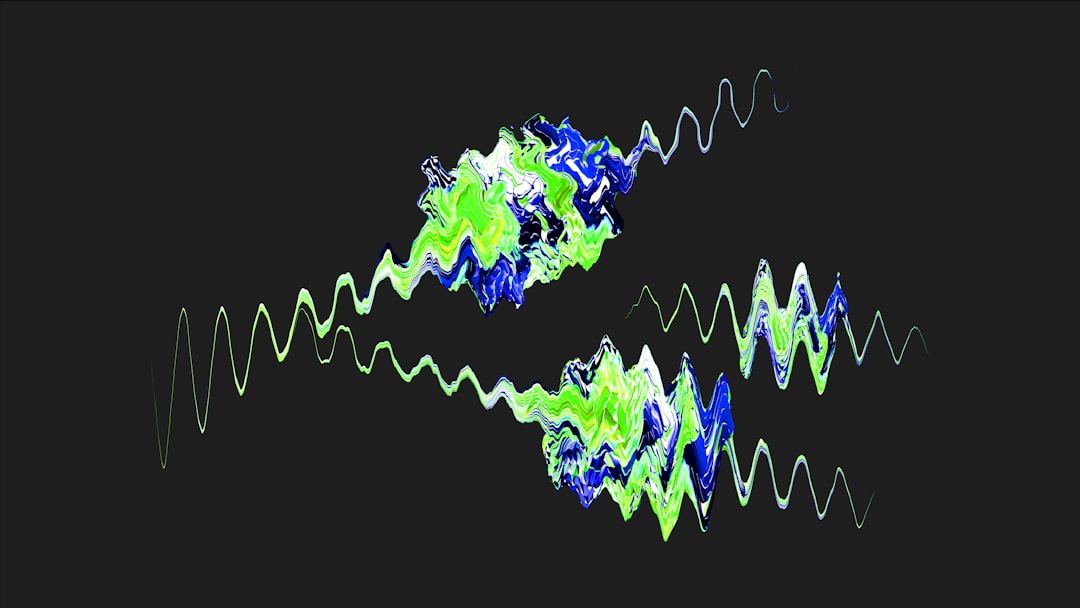
The stakes live at the intersection of space weather, technology, and biology. A weaker field allows more solar and cosmic radiation into the near-Earth environment, increasing risks for satellites, astronauts, and high-altitude flights. Power grids can suffer during big solar storms, especially at high latitudes where geomagnetic currents readily flow into infrastructure. Wildlife that senses magnetic cues – turtles, birds, even some insects – may face noisier signals, though most use multiple navigation tools and have survived countless past changes. For people on the ground, health impacts under everyday conditions remain small compared to the benefits of our planetary shield.
It also matters because reversals smash a persistent myth: that Earth is static on human timescales. Knowing the field can lurch and reconfigure reframes how we think about resilience, from satellite design to emergency planning. Compared with traditional reliance on historical averages, a risk posture tuned to variability is simply wiser. The past teaches that flips do not trigger mass extinctions; the present reminds us they can still disrupt modern systems. Preparing for the probable beats fearing the improbable.
Global Perspectives

A field flip or excursion would not treat every region equally. High latitudes already live with auroras and strong geomagnetic currents; in a weaker-field world, those zones could expand toward the mid-latitudes during big storms. Equatorial regions might see more dramatic auroral nights – a silver lining that would delight skywatchers while challenging power operators. Nations with long transmission lines or limited grid redundancy would face the toughest engineering tests. Meanwhile, countries investing in space-based services would need coordinated monitoring across agencies and borders.
There is also a cultural geography to consider. Communities that rely on small aircraft, polar travel, or HF radio would adapt procedures, as they already do during solar maxima. Wildlife conservation groups could integrate magnetoreception research into migration corridor planning. Schools and science centers can turn an abstract hazard into a hands-on learning opportunity, building public literacy in space weather. The more globally we view the field, the more obvious it becomes that preparation is not a luxury; it is shared infrastructure.
The Future Landscape
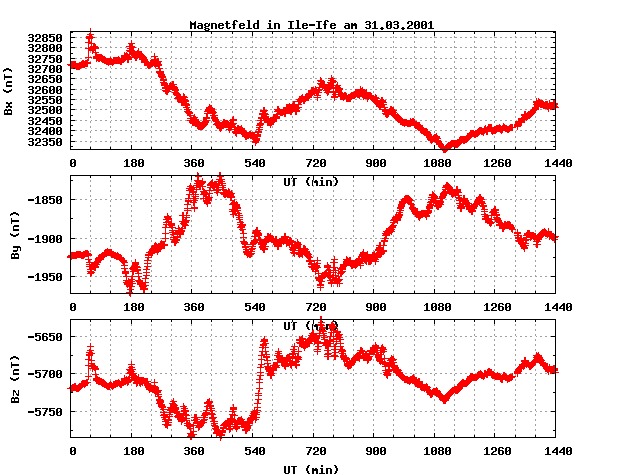
What comes next is a data story and a design story. Satellite constellations continue to refine real-time maps of the field, while ground arrays stitch those views into forecasts that matter for aviation, GPS timing, and the power sector. New numerical models, fed by better core-flow estimates, are starting to predict not just the field’s large-scale drift but the birth and death of smaller magnetic patches. If that sounds like weather forecasting for the deep interior, that is exactly the ambition. The timeline for a full flip – thousands of years in many scenarios – leaves ample room to harden systems against the nearer risks of a weaker, wobblier shield.
Technically, the roadmap includes tougher satellite electronics, fault-tolerant software, and grid upgrades to manage geomagnetically induced currents. Operationally, it means fusing space-weather alerts into everyday workflows for airlines, pipeline operators, and emergency managers. Politically, it calls for international data sharing, because magnetic storms and weak-field zones do not respect borders. Culturally, it means swapping fatalism for informed action. Likely, not looming – that is the headline for a flip within a human lifetime.
From Ancient Tools to Modern Science
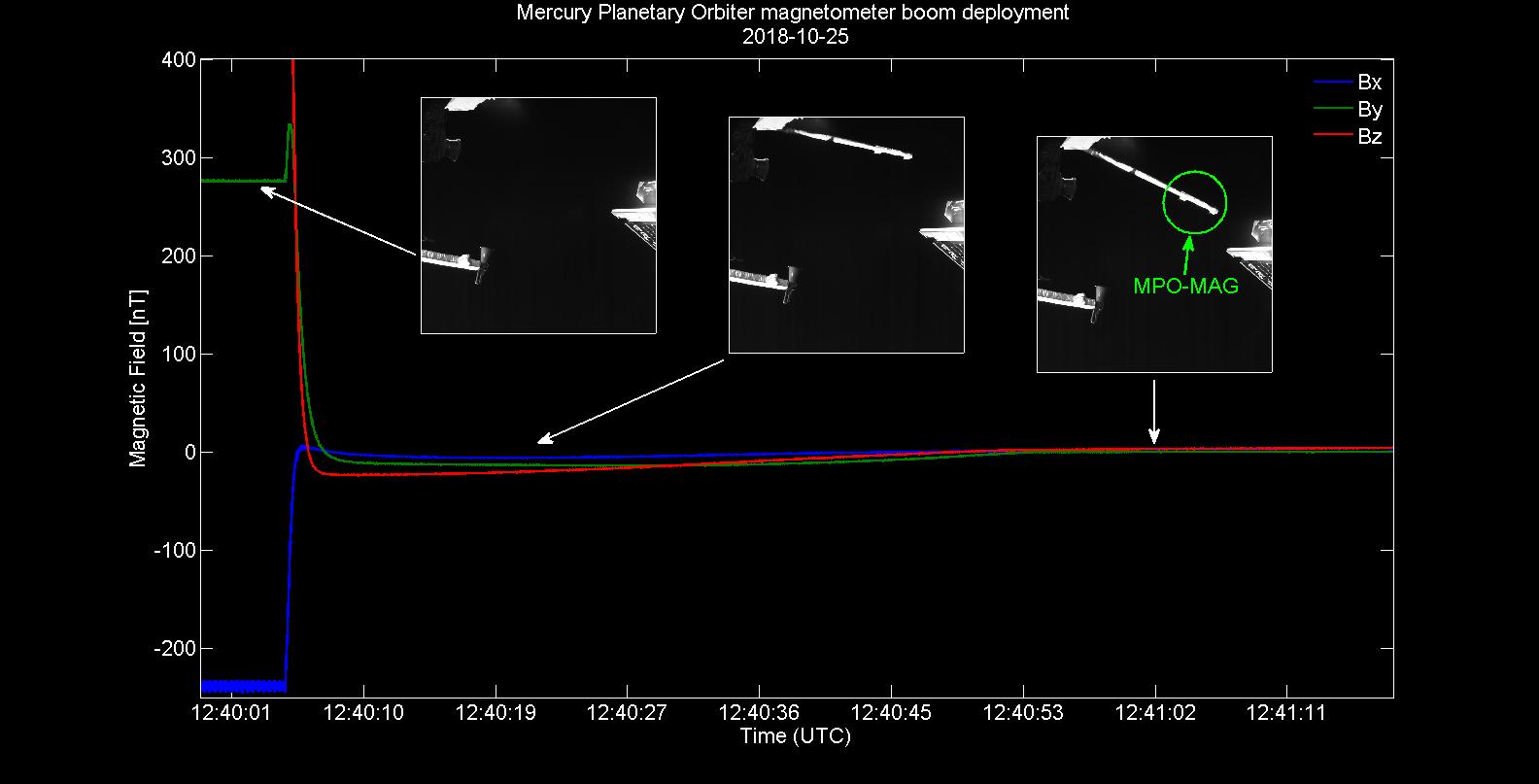
Long before satellites, potters and blacksmiths recorded the field without knowing it, and their artifacts still guide researchers today. Those human time capsules, combined with seafloor stripes, proved that polarity changes are a recurring feature of our planet. Now, dense networks of magnetic observatories track daily variations, while satellite missions watch trends unfold globally. Together, they show a field that is evolving in recognizable patterns, not unraveling overnight. That continuity from clay to cube satellites is a quiet triumph of curiosity-driven science.
For readers wondering whether a flip would upend daily life, the archaeological and geological records offer perspective. Species have navigated and thrived through countless swings, and there is no smoking gun linking reversals to planetary catastrophe. The modern wrinkle is our technology, which is both powerful and sensitive, and that is where effort should focus. More measurements, better models, and resilient design form the practical triangle. In other words, we do not need certainty about a flip to act wisely now.
What You Can Do
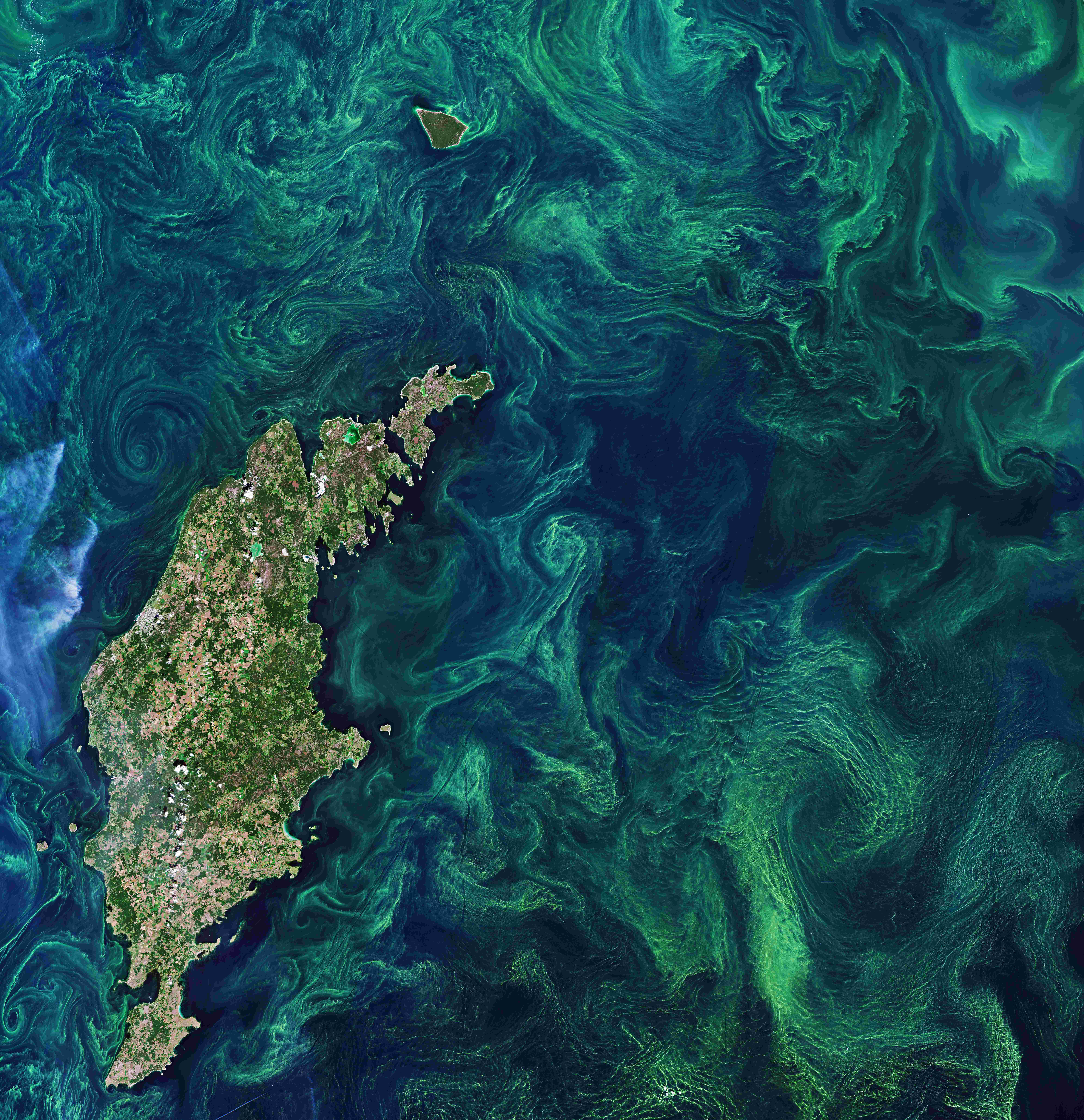
Start with awareness: follow space-weather alerts from trusted national agencies and treat them like you treat severe-weather forecasts. If you run a small business that depends on GPS or radio, build simple contingency plans – alternate timing sources, backup communication channels, surge protection for critical gear. Support science education and public observatories that maintain long-term magnetic measurements; these quiet datasets are the early-warning system for subtle shifts. If you work in policy or utilities, advocate for grid-hardening investments and coordinated storm-response exercises. Small actions compound, and resilience grows from the bottom up as surely as from national programs.
Stay curious, because that curiosity funds missions, attracts new researchers, and keeps the public conversation grounded in evidence. Share a skywatch alert when auroras creep south, or bring a magnetometer app to a classroom and turn invisible physics into a game. Treat Earth’s field not as a looming threat but as a living system we can understand and plan around. In the end, the better we listen to the planet’s magnetic heartbeat, the better we live with its occasional syncopation. Would you have guessed that the most important weather report for the next century might come from the center of the Earth?

Suhail Ahmed is a passionate digital professional and nature enthusiast with over 8 years of experience in content strategy, SEO, web development, and digital operations. Alongside his freelance journey, Suhail actively contributes to nature and wildlife platforms like Discover Wildlife, where he channels his curiosity for the planet into engaging, educational storytelling.
With a strong background in managing digital ecosystems — from ecommerce stores and WordPress websites to social media and automation — Suhail merges technical precision with creative insight. His content reflects a rare balance: SEO-friendly yet deeply human, data-informed yet emotionally resonant.
Driven by a love for discovery and storytelling, Suhail believes in using digital platforms to amplify causes that matter — especially those protecting Earth’s biodiversity and inspiring sustainable living. Whether he’s managing online projects or crafting wildlife content, his goal remains the same: to inform, inspire, and leave a positive digital footprint.

